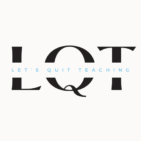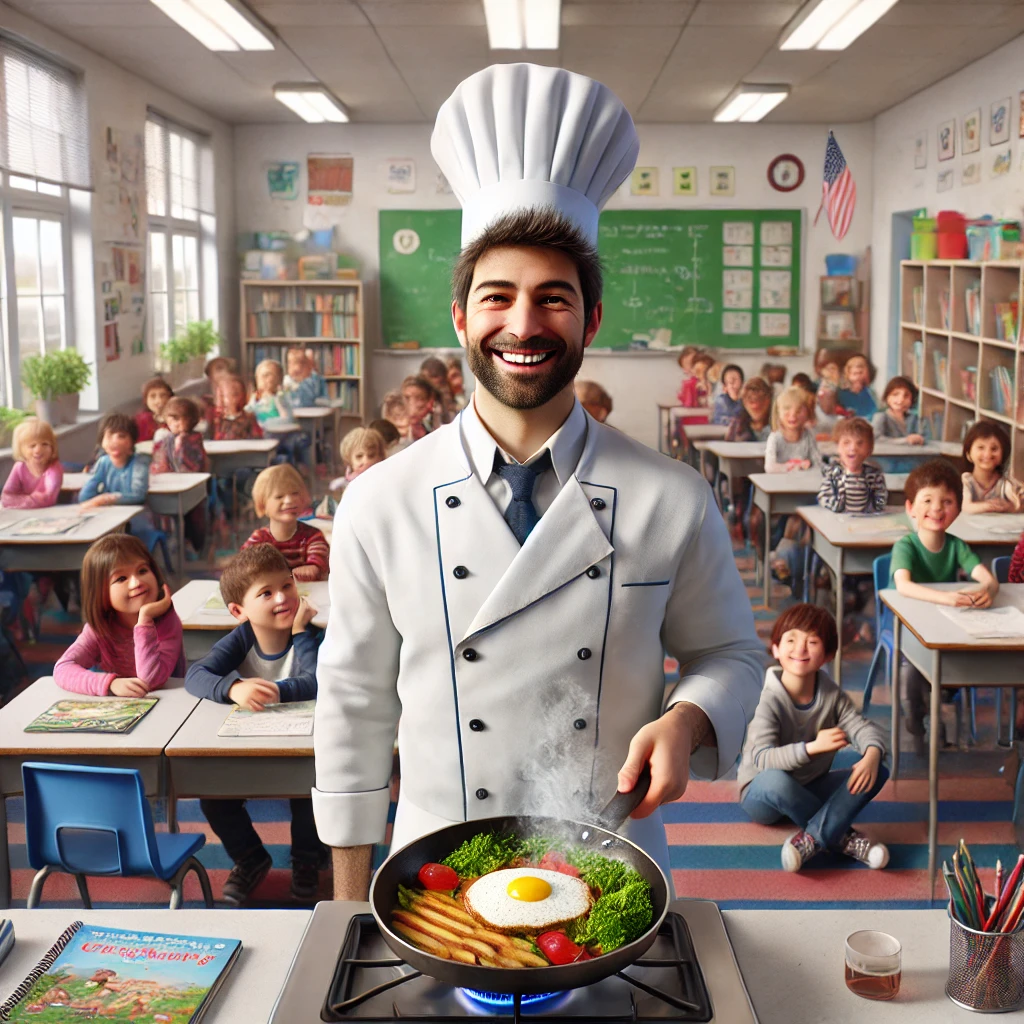Imagine you’re in a kitchen, preparing a meal. Some recipes are simple, like scrambled eggs, while others require more focus, like preparing a soufflé. Like cooking, learning most often involves managing complexity. Cognitive Load Theory (CLT), proposed by John Sweller, explains that our brains have a limited working memory capacity. This theory categorizes the mental effort involved in learning into three types: intrinsic load, extraneous load, and germane load. The goal is to manage these loads effectively, just like balancing the steps in cooking, to maximize learning outcomes.
Intrinsic Load: The Complexity of the Recipe
In cooking, the difficulty of a recipe dictates how much focus and effort it requires. A simple dish like scrambled eggs is easy, with few steps and minimal knowledge needed. I can scramble eggs with the best of them. However, making a complex dish like a soufflé involves multiple intricate techniques, higher precision, and more mental energy. You do not want me to attempt one for your next dinner party.
In the classroom, intrinsic load is about the inherent difficulty of the material. For example, simple multiplication may be low in intrinsic load, but solving two-step algebraic equations requires a higher intrinsic load because it demands a more significant amount of prior knowledge and mental processing. This load is unavoidable, but it is not unmanageable. That’s where we come in. More on that later.
Extraneous Load: The Distractions in the Kitchen
Now imagine you’re trying to follow a complicated recipe in a cluttered kitchen with unclear instructions and loud background noise. These distractions don’t help you cook—they just make it harder. In my house, it’s the three dogs forever at my heels while I move around the kitchen. That is extraneous load, the unnecessary stuff that gets in the way of cooking and learning.
In teaching, extraneous load can be something like irrelevant details in a lesson or unclear instructions, confusing learners and taking away from their focus. But it’s also things far beyond our control like what the latest social media post circulating the school is about, the championship baseball game this week or the fact that a kid sat in chocolate milk at lunch. We can limit our contributions to learners’ extraneous loads by providing clear, concise explanations and eliminating distractions, much like cleaning up a cluttered kitchen to streamline the cooking process, but there will always be that uncontrollable and unseen extraneous load we have to accept.
Germane Load: Mastering the Cooking Skills
Finally, germane load is the mental effort you invest in improving your cooking skills, like learning the perfect technique for chopping vegetables or mastering the timing for a soufflé. Basically, if you have ever watched the series, The Bear, and watch the hours and hours dedicated to the techniques and processes world class chefs live in, you’ll seegermane load in action. This load is where the real learning happens—when you practice and refine your skills for future use.
In education, germane load refers to the cognitive effort learners put into making sense of the material and applying it. It’s what happens when we get them to engage in problem-solving, critical thinking, or practice new skills with intention. This is what we want for learning; it’s necessary. Increasing germane load is essential because it promotes deep learning, much like refining your cooking techniques over time.
The goal in both cooking and teaching is to manage these loads effectively: manage intrinsic load (complexity), minimize extraneous load (distractions), and maximize germane load (useful mental effort).
Applying Cognitive Load to the Classroom
In education, our task is to find the right balance of cognitive load to ensure optimal learning. Here’s how we can apply Cognitive Load Theory in practical classroom scenarios:
1. MANAGE Intrinsic Load: Chucking, Scaffolding, Preloading
To manage intrinsic load, teachers should scaffold complex material. Just like you wouldn’t ask a beginner to cook a gourmet meal on their first attempt, we shouldn’t expect learners to solve complex problems without first understanding foundational concepts. We must help learners gradually build their knowledge without overwhelming them. Make those complex tasks manageable by chunking information, scaffolding support, and gradually increasing the difficulty. Using tools like visuals, analogies, and pre-teaching essential concepts builds a solid foundation reducing cognitive strain. And, most importantly, we need to make sure our content aligns with where learners are, to ensure they can handle the material without feeling overwhelmed.
2. MINIMIZE Extraneous Load: Streamline Instructions & Remove Distractions
Like I stated earlier, there’s a lot of extra in the extraneous load that we have no influence or control over just because there is life outside of our classroom doors. So, what can we do to minimize extraneous load? Focus on reducing unnecessary distractions in your teaching materials and classroom environment. Clear instructions, clean visuals, and avoiding overly complicated or irrelevant information allow kids to focus on learning. Yes, funny posters and things on the walls are cute, but they can also get in the way.
Beyond the physical environment, the design of learning materials also plays a role in reducing extraneous load. Stick to essential information and remove anything that doesn’t directly contribute to the lesson’s learning goal. For instance, overly detailed PowerPoint slides or worksheets with irrelevant information can cause confusion and make it harder for kids to process what’s important. The clearer and more straightforward the path to learning, the more mental energy kids can devote to meaningful engagement rather than wading through the unnecessary.
3. MAXIMIZE Germane Load: Encourage Deep Engagement
Maximizing germane load is about creating opportunities for learners to deeply engage with the material, encouraging them to go beyond passive memorization. This segment of their cognitive load is something we have complete control over. Problem-solving tasks and critical thinking activities are key strategies for this, as they require learners to apply their knowledge in new and challenging contexts. Whether they’re working through complex problems or analyzing real-world scenarios, these activities help students process information more deeply, making learning more meaningful and durable.
Collaboration further enhances germane load by encouraging learners to exchange ideas and challenge each other’s thinking. Group discussions, peer feedback, and team-based projects push students to articulate their reasoning, reconsider their perspectives, and build a stronger understanding of the material. Through these experiences, learners become active participants in their learning, which strengthens their grasp of concepts and fosters long-term retention. In short, maximizing germane load means designing tasks that require active mental engagement, ensuring kids are deeply involved in their own learning process.
Finding the Right Balance
Much like cooking, learning is about managing the right amount of challenge and focus. Cognitive Load Theory offers a framework to optimize that balance. By managing intrinsic load, minimizing extraneous load, and maximizing germane load, we can create an environment where learners thrive. The next time you’re teaching, think of it like cooking: simplify complex recipes, clean up distractions, and encourage practice—your kids will leave your classroom with the skills to prepare their own “meals” in the future. After all, teaching isn’t about serving pre-made dishes—it’s about teaching them to cook.

